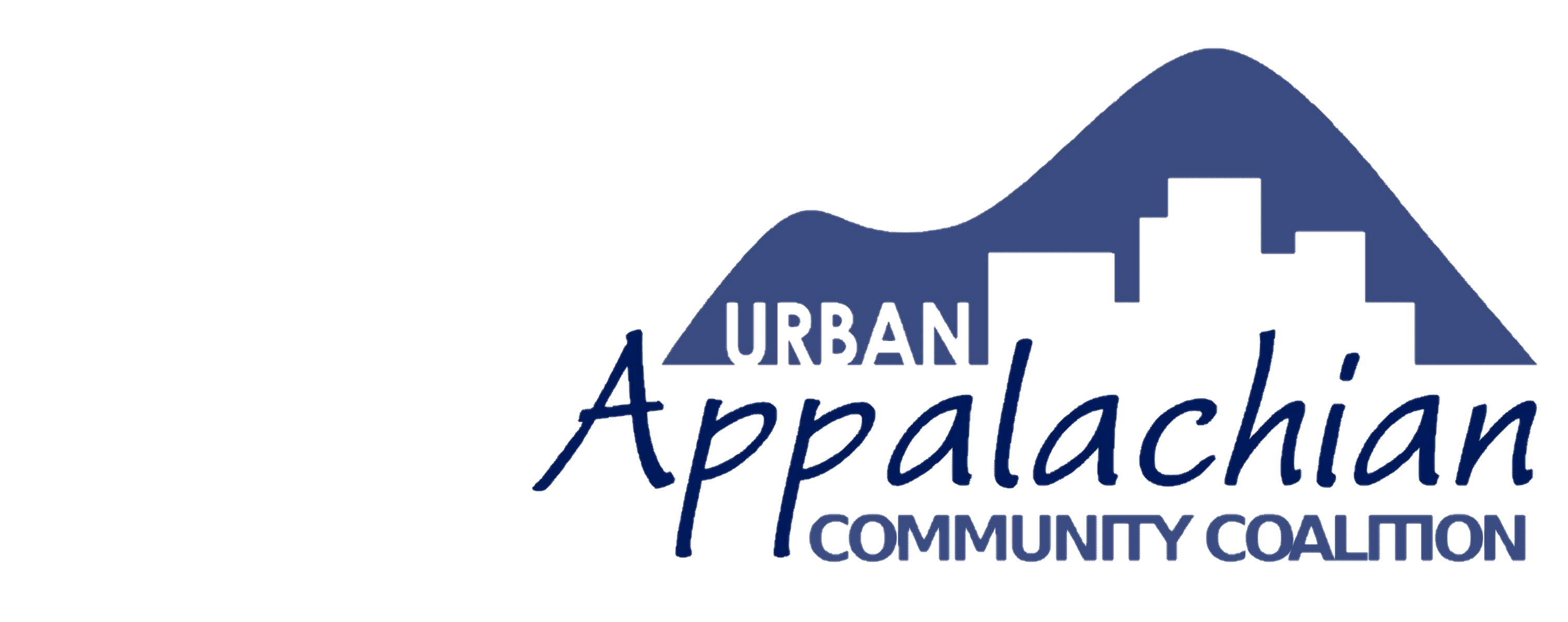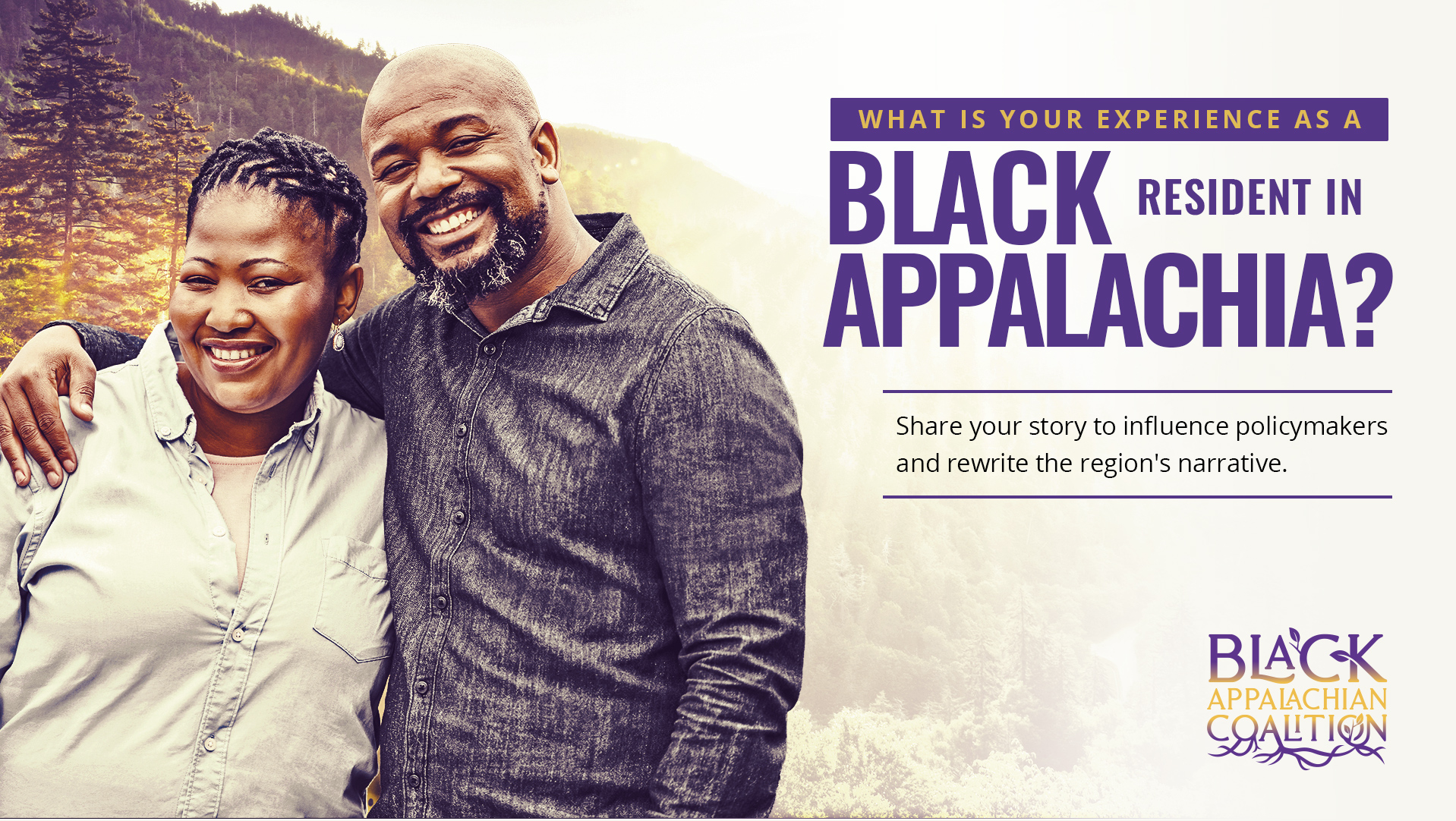By Mike Templeton
The Urban Appalachian Community Coalition’s history of advocacy and community organization has always been built by forming allies with other groups around greater Cincinnati and beyond. We have always looked to our allies and community partners to help transform the comparatively small voice of the urban Appalachian community into a loud and powerful voice. A similar approach is working within Black Appalachian communities just up the road from us in Dayton with the Black Appalachian Coalition, or BLAC. By working toward inclusion and visibility for Black people in the Appalachian communities, BLAC is working to empower Black Appalachians while empowering all people as an inevitable result. I had the distinct pleasure of speaking with the founder and executive director of the Black Appalachian Coalition, Bishop Marcia Dinkins, to learn about what they do.
The Black Appalachian Coalition is an initiative of Black Women Rising, an organization that leverages black women’s organizing skills, leadership potential and political power to influence and positively impact the community. The coalition began on June 18, 2021, when Bishop Marcia Dinkins saw the need of Black Appalachian communities to find a better and more visible form of representation in local, state, and federal issues which specifically impact them. As she explained, “I sat in so many spaces where Appalachian issues were being discussed, and I did not see me. I sought to shift the narrative to being more inclusive.”
Bishop Marcia brings a vast wealth of experience and education to BLAC. Bishop Marcia has a solid background in advocacy and community organizing in issues related to domestic violence, health and safety, education, climate, environment, employment, and criminal justice. She holds a Bachelor of Arts in Interdisciplinary and Women and Gender Studies (University of Toledo) and a Master of Arts in Criminal Justice and Policy (Youngstown State University). Currently, Bishop Dinkins is a Ph.D. candidate at Union Institute and University focusing on Public Policy and Social Change. Needless to say, Bishop Marcia has the credentials and experience to lead. She now brings all of this experience and knowledge to work in Black Appalachian communities along the Ohio River valley corridor.
The Black Appalachian Coalition is based in Dayton, but their work spreads out along the Ohio River Valley all the way up to Pennsylvania. BLAC takes a comprehensive approach; by taking on issues as they impact Black Appalachian people means they cannot remain held in by a specific geographical area. The example we began with in my conversation with Bishop Marcia is the problem of environmental racism, something that is very close to UACC. As Bishop Marica explained: “Ours is a holistic perspective, things like environmental racism reveal the ways issues disproportionately impact Black communities, and we need to address this in ways which follow the problem as it develops. This means understanding that environmental racism is also economically driven and does not happen in one area in isolation.” As a result of their comprehensive focus, BLAC necessarily reaches both urban and rural Black Appalachian communities. A recent story on Berks Community Television stated that one of the key features of the overall mission of BLAC is to “disrupt the narrative that the [Appalachian] region is only white and rural.”
Much of the work of BLAC intersects and overlaps with UACC. We share so many common goals. The idea of visibility is of key importance to BLAC as it has always been for urban Appalachian advocacy. Bishop Marcia said that the strategies of those who would exploit people is to make sure we are all isolated and invisible, “and in this way, the status quo can appear to be just an inevitable fact of life. But when we gain visibility, we reveal that these issues are constructed, and that we have power to act and change these things.”
This same strategy has long been a cornerstone to the advocacy work of UACC and the Urban Appalachian Council before us. BLAC specifically makes the issue of how these things have followed the same paths of all other forms of racism, and shows how racism works within the Black Appalachian communities of today. Visibility and the power of a unified voice forces powerful entities to take notice. Bishop Marcia told me that visibility is a starting point for much of their work because this “breaks the mold of isolation.” Emerging into a space of visibility is a first step toward self-empowerment.
One of the ways BLAC works within communities that struck a chord with me was their process of gathering the stories of individuals and communities who are impacted by the issues with which they are concerned. Issues of clean air and clean drinking water are of paramount importance to BLAC, and they are approaching these things with the acute first-hand understanding of how these problems have long fallen hard on Black communities. Bishop Marcia explained in an interview with Canary Media that “people’s stories “have also highlighted disparities that reflect systemic racism. Parks in White areas may get funding and modern restrooms, for example, but not one in a Black neighborhood.” Bishop Marcia went on to tell me about their “Freedom to Breathe” projects which is a campaign to ensure safe air in and around Black Appalachian communities who have long suffered the ill effects of environmental degradation from the extraction industries. “This was launched in Allegheny County in Pennsylvania, and has now been linked with community science and public health programs in Kentucky,” she explained. Again, the holistic approach is brought to bear on these projects as they are further linked with clean drinking water initiatives to ensure the safety of children and expectant mothers by modernization clean water programs.
So much of this kind of community outreach and advocacy begins with the process of listening and gathering the stories of people living with the kinds of issues involved. Bishop Marcia said that “something as simple as storytelling is a powerful way of humanizing issues and the people impacted by things. We become people rather than just anonymous symptoms.” This resonates powerfully with the work of our Core members in the Urban Appalachian Community Coalition more broadly, and with our Kith and Kin Program specifically. The Black Appalachian Coalition is focused on issues and forms of advocacy that impact Black Appalachian communities. Yet, their work is so far-reaching and covers so much terrain that they are necessarily lifting everyone. As Core member Michael Maloney has explained again and again, we gain power and traction by forming alliances, and when we do this, we discover that things which impact our community impact all communities. Bishop Marcia Dinkins emphasized this same thing by telling me that “racism is obviously something that is an issue for Black people, but our work reveals these kinds of things as people issues.” Economic injustice, for example, falls on Black Appalachian communities, but it also falls in the LGBTQ communities, the Hispanic communities—everyone. This is a philosophy and an approach the resonates deeply with UACC.
You can learn more about the Black Appalachian Coalition at their website: blackappalachiancoalition.org/about-us/.
Michael Templeton is a writer, and independent scholar. He is the author of The Chief of Birds: A Memoir published with Erratum Press and Impossible to Believe, published by Iff Books. He is also the author of Collected Apoems, forthcoming from LJMcD Communications and the awaiting of awaiting: a novella, with Nut Hole Publishing. Check out his profile in UACC’s Cultural Directory. He has published numerous articles and essays on contemporary culture and works of creative non-fiction as well as experimental works and poetry. He lives in West Milton, Ohio with his wife who is an artist.

